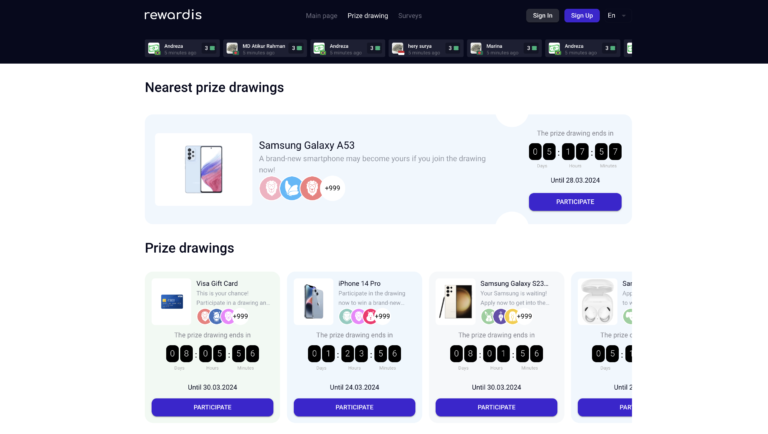Unleashing the Power of Tracking Mechanisms: Postback URLs and Tracking Pixels
In the world of digital marketing, accurate conversion tracking is crucial for measuring the effectiveness of campaigns and optimizing marketing strategies. Two essential tools used for tracking conversions are Postback URLs and tracking pixels. Exploring Postback URLs, tracking pixels, and their role in conversation tracking and affiliate marketing. So, let’s dive in and uncover the power of these tracking mechanisms.
What is a PostbackURL?
A postback URL, additionally, referred to as a server-to-server (S2S) callback URL or simply a postback, acts as a communication bridge between two servers, facilitating the transmission of conversion or event information. In the realm of affiliate marketing, postback URLs serve as a common method for tracking conversions resulting from affiliate referrals. When a conversion occurs, such as a sale or lead, the affiliate tracking platform promptly notifies the advertiser’s server via the postback URL. Consequently, the advertiser can record and correctly attribute the conversion to the respective affiliate. With the aid of postback URLs, real-time tracking and precise measurement of affiliate-driven conversions are made possible.
Understanding Tracking Pixels
A tracking pixel, also referred to as a conversion pixel or tracking code, is a small, transparent image or JavaScript code snippet strategically placed on a web page or within an email. When users interact with the pixel, such as loading a webpage or opening an email, it triggers server requests that capture crucial behavioral and conversion data. Tracking pixels enable the tracking of user activities and conversions, yielding valuable data for optimizing digital marketing efforts. They offer significant insights into user behavior, campaign performance, and attribution analysis.
Utilizing Postback URLs and Tracking Pixels in Affiliate Marketing
Accurate Conversion Tracking: Gaining knowledge of conversion pixel and tracking code terminology enhances the tracking and analysis of user interactions. By incorporating postback URLs and tracking pixels, marketers achieve precise measurement, optimized campaigns, and overall marketing success.
Attribution Analysis: Postback URLs and tracking pixels provide valuable data for attribution analysis. Advertisers can determine the contribution of each affiliate to conversions and optimize their commission structures accordingly. This data-driven approach helps maximize the return on investment from affiliate marketing efforts.
Monitoring Affiliate Performance: By utilizing postback URLs and tracking pixels, advertisers can monitor the performance of individual affiliates. They can track metrics such as clicks, conversions, revenue generated, and user engagement. This information allows advertisers to identify top-performing affiliates and build stronger partnerships.’
Effective Campaign Optimization: Postback URLs and tracking pixels enable advertisers to gather data on user behavior and campaign performance. By analyzing this data, advertisers can optimize their marketing strategies, adjust targeting, improve conversion rates, and increase overall campaign effectiveness.
Understanding Conversion Pixel and Tracking Code Terminology –
In addition to postback URLs and tracking pixels, there are various terminologies associated with conversion tracking. Let’s shed light on some of these terms:
Conversion Pixel to Inches: This term refers to the conversion ratio used to convert pixel measurements to inches for accurate tracking and reporting. It ensures consistency between digital measurements and physical measurements.
Tracking Code for Shipping Carriers: Shipping carriers, such as FedEx, UPS, and USPS, provide tracking codes to track packages and shipments. These codes enable users to monitor the progress of their deliveries.
Tracking QR Code: A tracking QR code is a scannable code that allows users to track information or access specific content through their mobile devices. It is commonly used in marketing campaigns to provide interactive and trackable experiences.
Tracking Code for Analytics: Tracking codes, such as those provided by Google Analytics, are JavaScript snippets embedded in web pages to collect data on user interactions and behavior. These codes enable businesses to track website traffic, analyze user engagement, and gain insights for data-driven decision-making.
Conclusion
Postback URLs and tracking pixels are vital for accurate conversion tracking in digital and affiliate marketing. Postback URLs facilitate real-time tracking and attribution, while tracking pixels capture user behavior and conversion events. Utilizing these tools enables accurate conversion tracking, monitoring of affiliate performance, and optimization of marketing strategies. Tracking mechanisms offer valuable insights for campaign performance and attribution analysis. Understanding conversion pixel and tracking code terminology enhances the ability to track and analyze user interactions, such as conversion pixel to inches, tracking codes for shipping carriers, QR codes, and analytics. Incorporating postback URLs and tracking pixels into your digital marketing strategy ensures precise measurement of conversions, optimized campaigns, and overall marketing success.
The post Understanding Postback URLs and Tracking Pixels: Powering Effective Conversion Tracking appeared first on Trakaff.
Unleashing the Power of Tracking Mechanisms: Postback URLs and Tracking Pixels In the world of digital marketing, accurate conversion tracking is crucial for measuring the effectiveness of campaigns and optimizing marketing strategies. Two essential tools used for tracking conversions are Postback URLs and tracking pixels. Exploring Postback URLs, tracking pixels, and their role in conversation
The post Understanding Postback URLs and Tracking Pixels: Powering Effective Conversion Tracking appeared first on Trakaff.

